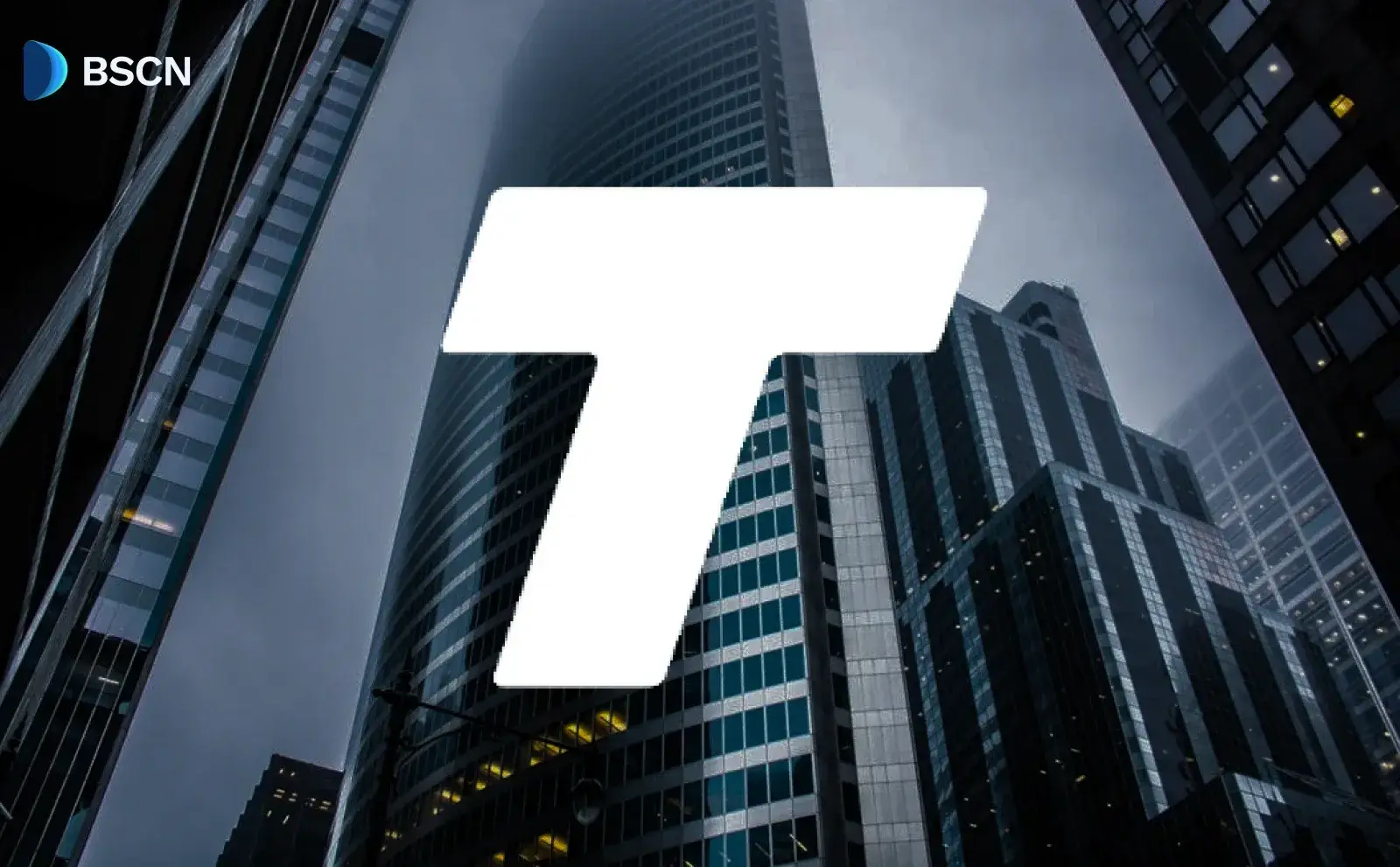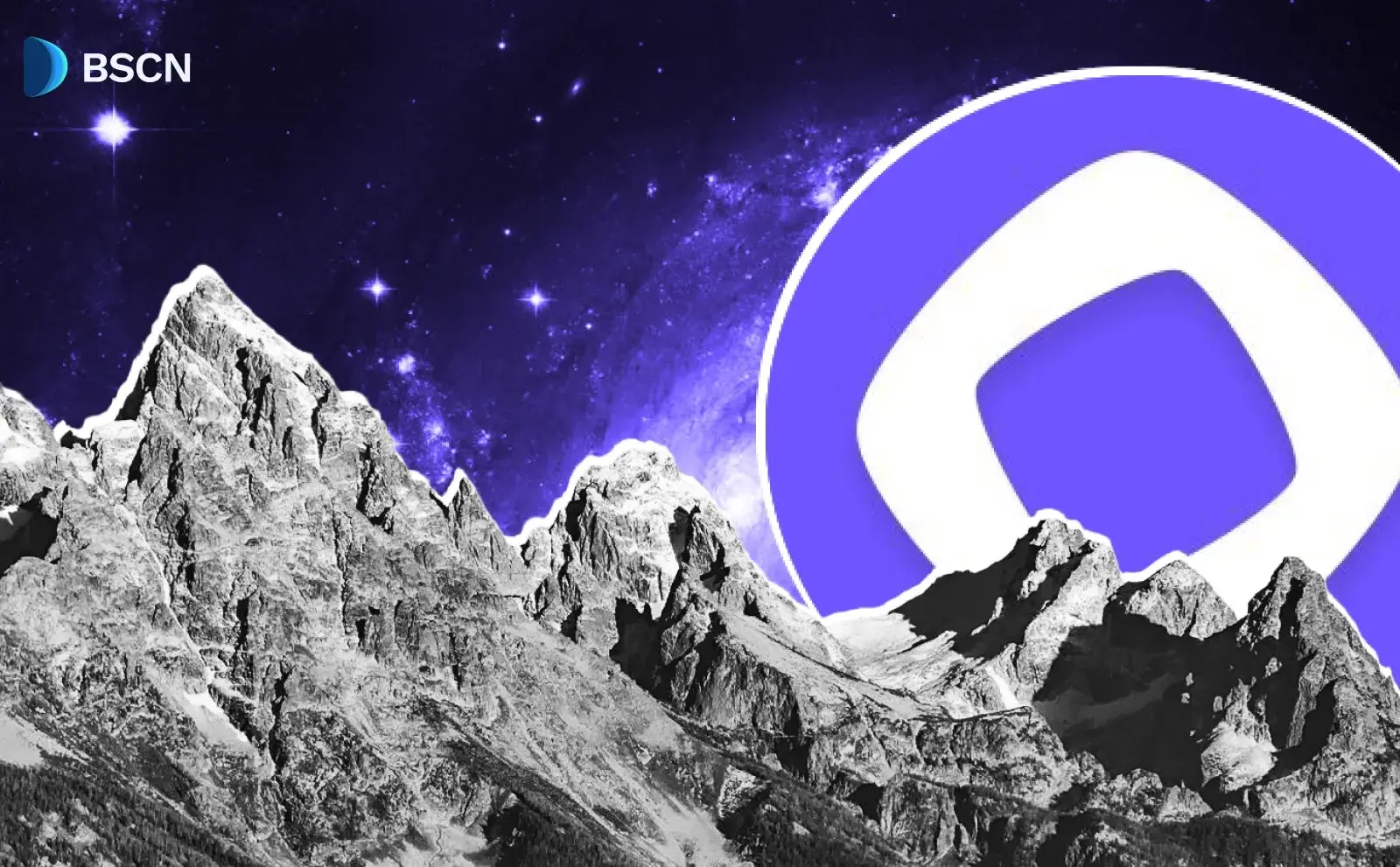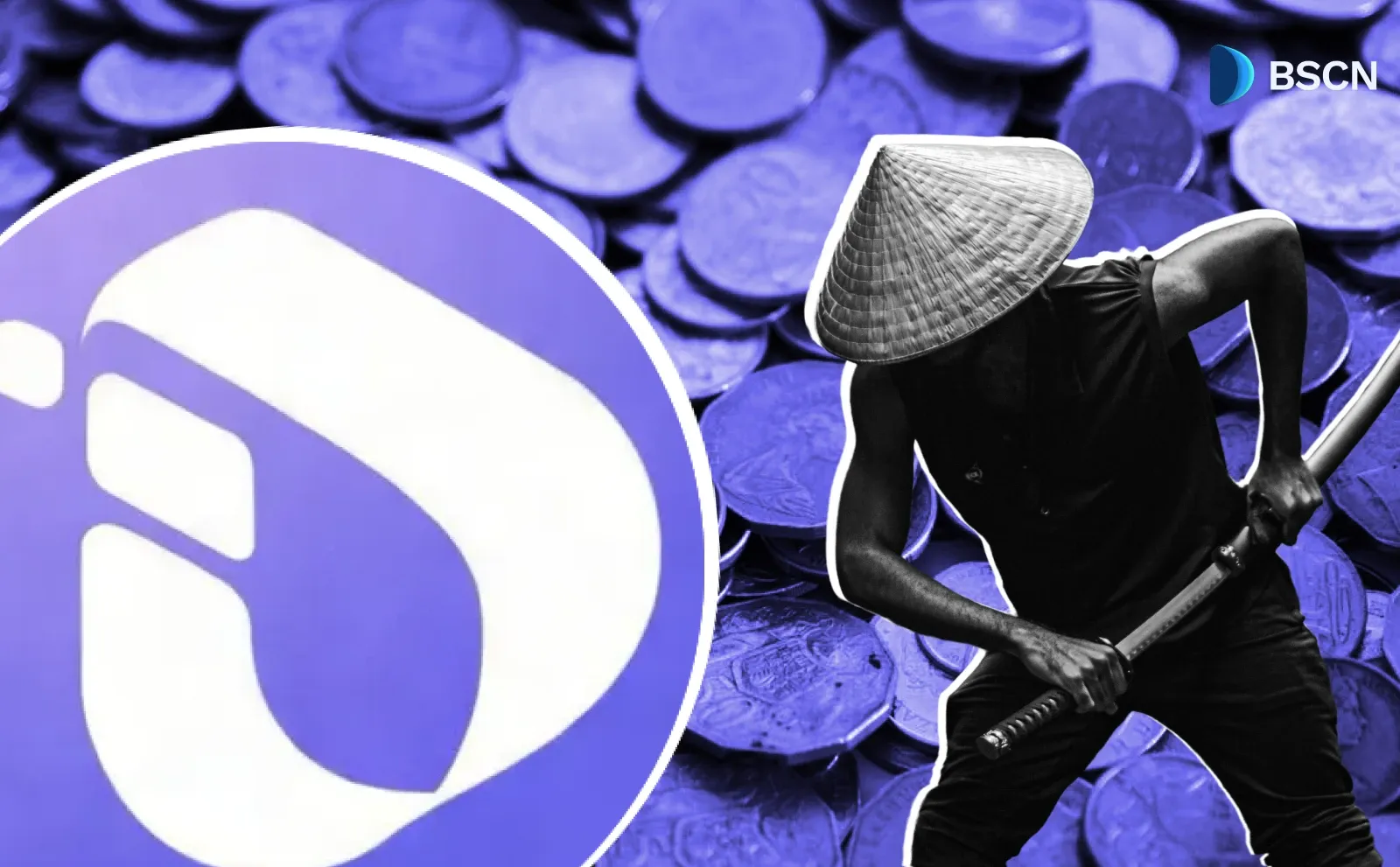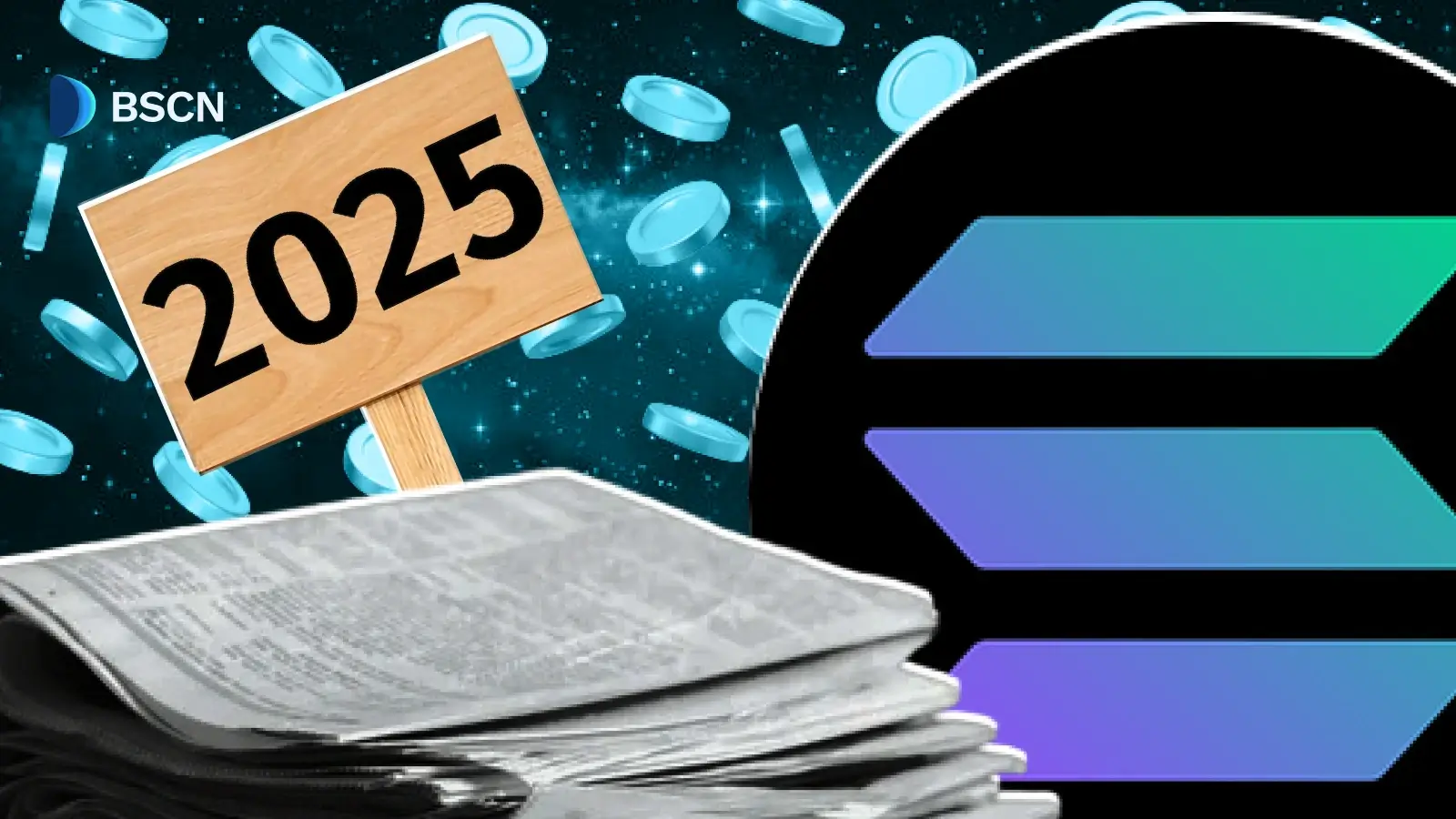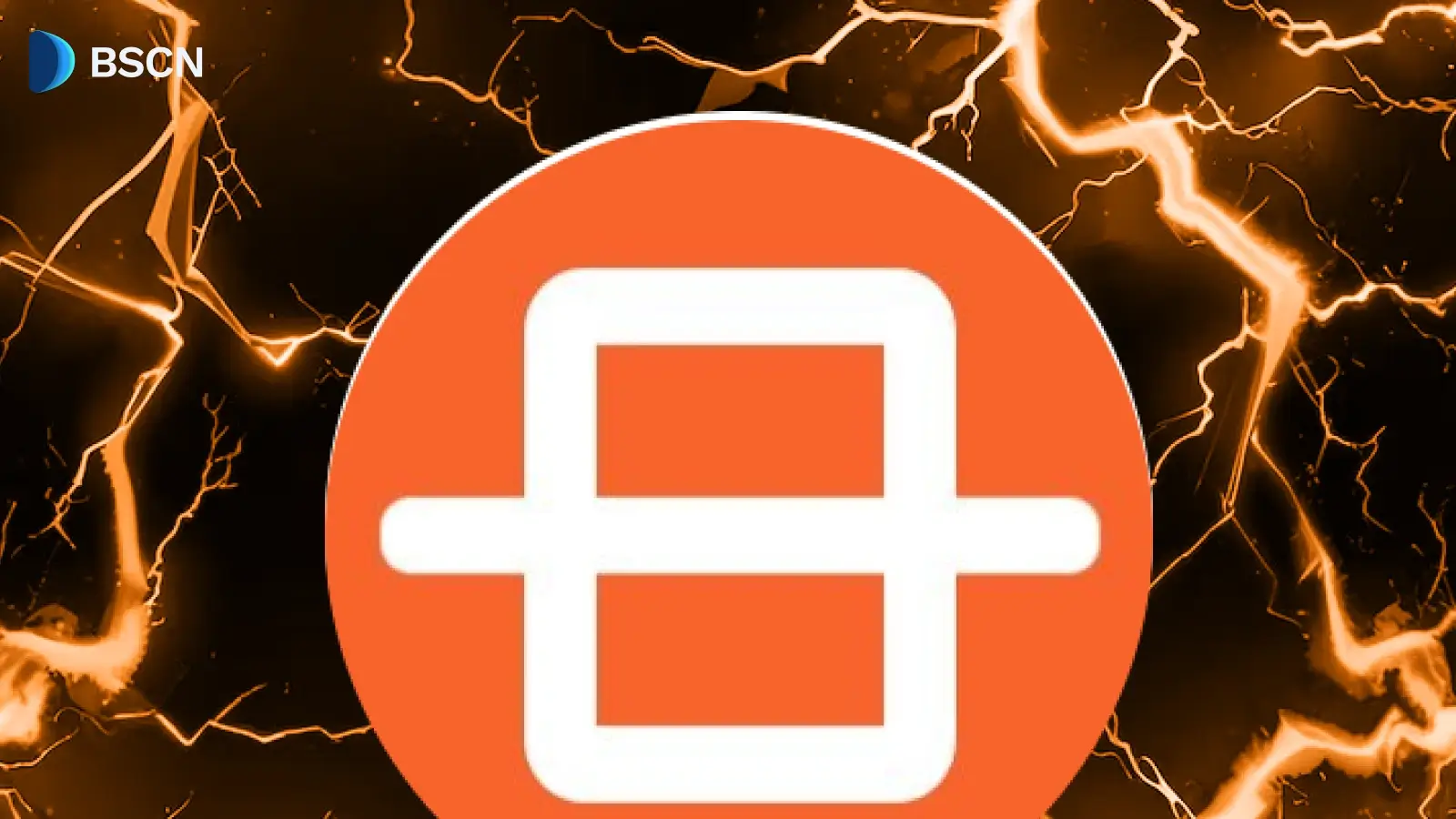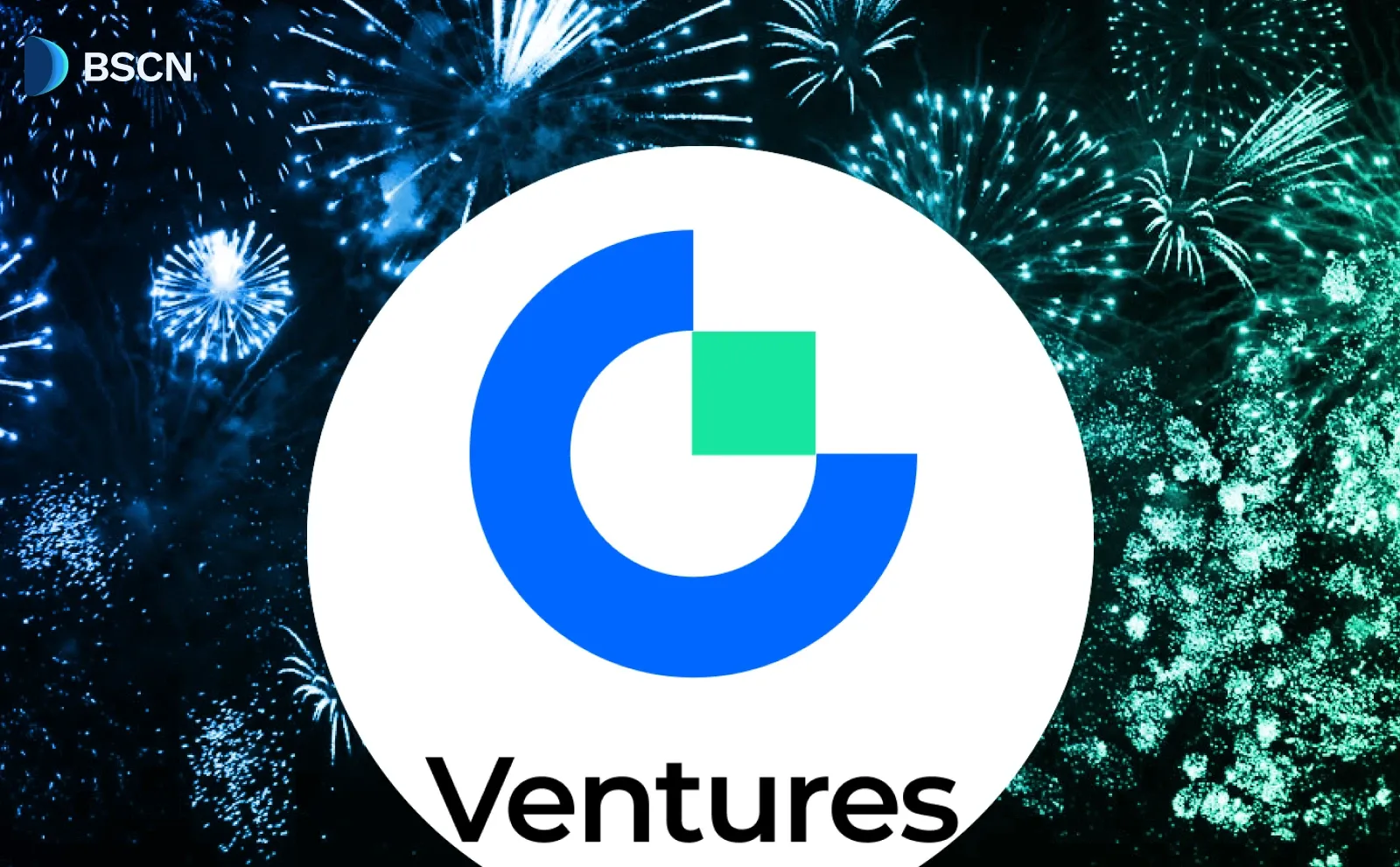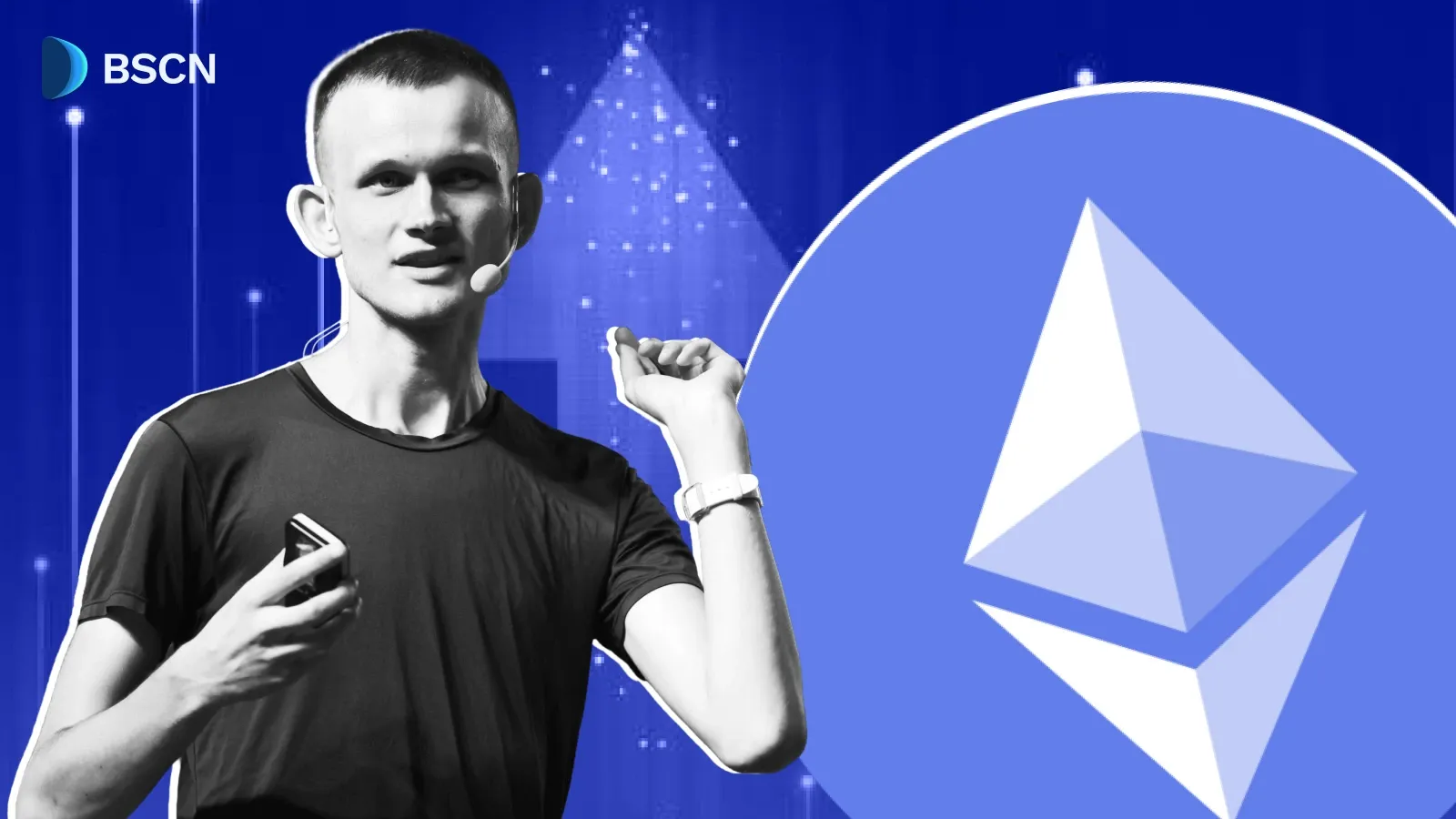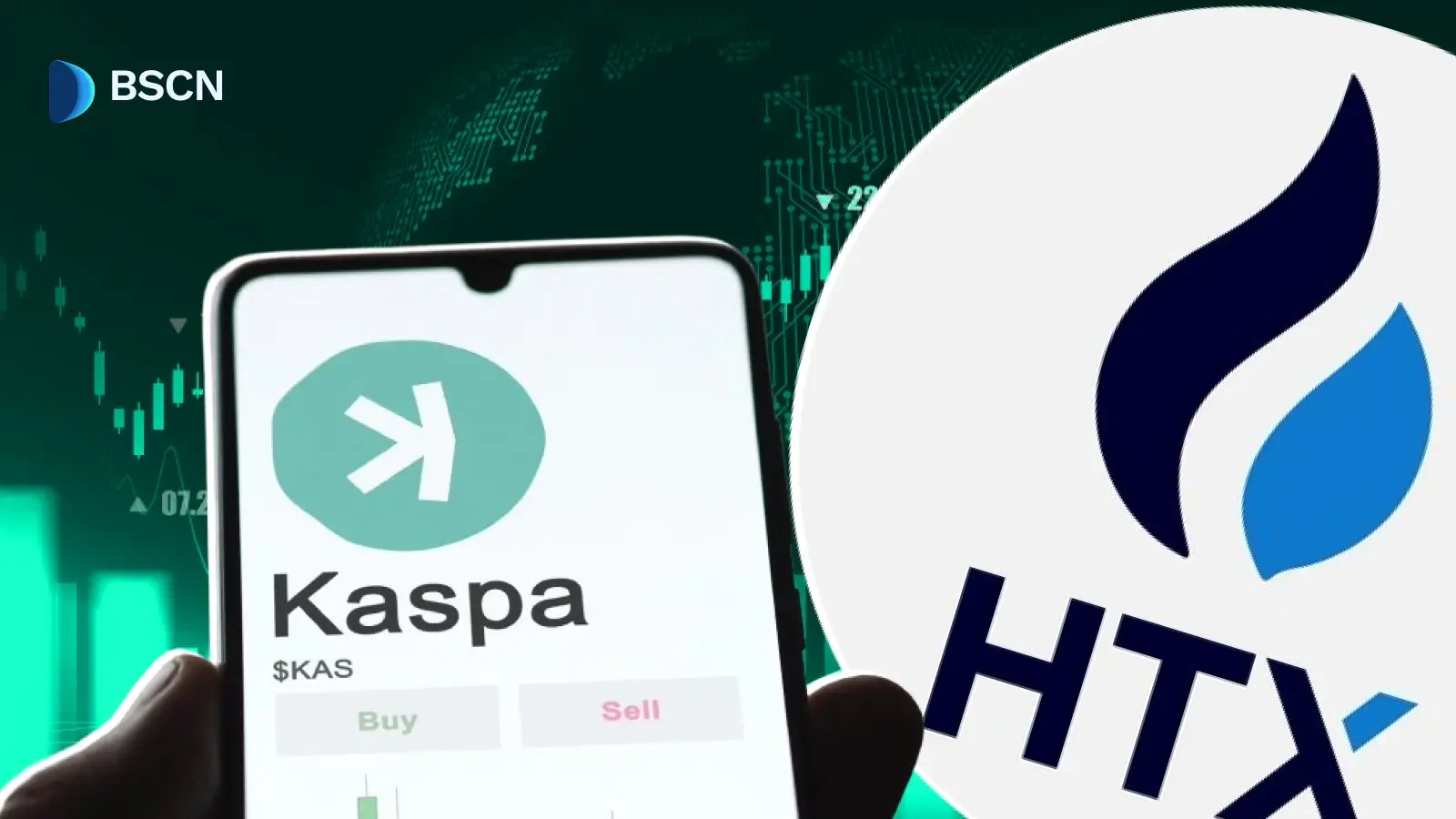Research
(Advertisement)
Five Pre-TGE Crypto Projects to Look out For in 2025

This article examines five pre-TGE crypto projects from 2025, providing an overview of their key features, testnets, funding, and TGE announcements.
UC Hope
July 24, 2025
(Advertisement)
Table of Contents
Crypto projects often begin with ideas that evolve into functioning systems before any tokens are released to the market. This early stage, referred to as pre-TGE, stands for pre-Token Generation Event. It refers to the period before a project's native token is created and distributed through methods such as airdrops, sales, or initial coin offerings (ICOs).
During pre-TGE, teams build testnets, raise funds, and engage with communities, providing users with an opportunity to interact without engaging in token trading. In 2025, with markets focusing on AI, DeFi, and cross-chain tools, several pre-TGE projects stand out for their technical setups and progress.
OpenLedger handles AI data on-chain, Somnia builds metaverse infrastructure, Mitosis manages liquidity across chains, Monad boosts EVM performance, and Portal to Bitcoin enables Bitcoin swaps. As of the time of writing, these protocols remain in pre-TGE phases, with active testnets and mainnets scheduled for later this year and beyond. This article examines their features, updates, and upcoming TGE.
OpenLedger For AI Agents
OpenLedger is a blockchain platform designed for artificial intelligence applications. It serves as a data infrastructure that enables users to upload and monetize datasets, AI models, and agents on-chain. The project focuses on creating decentralized trust systems for building specialized language models using community-owned datasets, known as Datanets.
Key aspects include Proof of Attribution, which tracks and rewards contributions to ensure transparency and fairness in AI development. This setup enables the efficient fine-tuning of models using tools like OpenLoRA, significantly reducing deployment costs. OpenLedger aims to democratize AI by prioritizing transparency and fair attribution within a decentralized ecosystem.
Key Features
- Proof of Attribution: This mechanism tracks contributions to data and models, ensuring that participants receive fair rewards. It verifies who provided what data or improvements, reducing disputes in AI training.
- OpenLoRA Tool: A fine-tuning method that lowers AI deployment costs by up to 90 percent. It works by efficiently adapting small models for specific tasks, like text generation or image recognition, using less computing power.
- On-Chain Data Monetization: Users can earn from their data contributions without advanced technical knowledge. The system converts data into economic assets, much like decentralized physical infrastructure networks (DePIN) utilize hardware for shared tasks.
- Integration with Web3: Supports zero-knowledge proofs for privacy, keeping personal data secure while allowing verifiable contributions.
Testnet and Mainnet Details
The testnet is live, allowing users to test data uploads and agent monetization. For instance, it supports lightweight model fine-tuning for tasks like language processing. The mainnet was scheduled for July 2025, but as of the time of writing, it remains in preparation without a full rollout. No significant issues have been reported, and the focus is on community testing through epochs, such as Epoch 2, which has ended.
TGE Announcement
Recent discussions have mentioned upcoming tokenomics details, but no specific date has been set. Points earned from testnet activities will be converted to tokens after the TGE. Airdrop quests are available, with whitelists for early participants.
Funding
OpenLedger raised $8 million in seed funding, with backers including Polychain Capital. Additionally, the project committed $25 million through its OpenCircle program to support AI and Web3 startups. This brings the total accessible capital to over $33 million for ecosystem growth.
Somnia Network For Metaverse and Gaming
Somnia Network is a Layer 1 blockchain optimized for metaverse, gaming, and social applications. It is EVM-compatible, meaning it supports Ethereum smart contracts, and features high throughput with over 1 million transactions per second, sub-second finality, and low fees.
The network utilizes modular infrastructure and omnichain protocols to connect metaverses, enabling developers to build real-time, on-chain applications that span multiple blockchains. Somnia integrates AI tools, such as those through partnerships with Google Cloud, for features like non-player characters and enhanced security. It positions itself as a scalable foundation for decentralized entertainment and virtual worlds.
Key Features
- High Transaction Speed: Processes over 1 million transactions per second with sub-second finality and minimal fees, making it suitable for real-time apps.
- Modular Infrastructure: Enables the cross-chain handling of digital assets, allowing developers to create apps that span multiple blockchains without added complexity.
- AI Integration: Partners with Google Cloud for AI-powered non-player characters (NPCs) and enhanced security, including tools for scalable game development.
- Omnichain Protocols: Connects metaverses into a unified system, relating to chain abstraction concepts where users ignore underlying network differences.
Testnet and Mainnet Details
The Shannon Testnet launched on February 20, 2025, and is open to the public. It features NFT minting, swaps, and has onboarded over 60 projects like Sparkball and Privy. The testnet has processed 250 million transactions. The mainnet is planned for later in 2025, likely in Q4, with ongoing integrations, such as Thirdweb, for easier setups.
TGE Announcement
The project remains pre-TGE, with airdrop farming through quests and leaderboards. Weekly rewards are distributed, and points are built toward future token allocation. No exact date has been announced.
Funding
Somnia is backed by a $270 million fund, which supports its development and partnerships. This includes investments from entities like Improbable, SoftBank, and MIRANA.
Mitosis EOL Blockchain
Mitosis is a Layer 1 blockchain focused on liquidity management in DeFi. It introduces Ecosystem-Owned Liquidity (EOL), a model that tokenizes liquidity positions, allowing assets to be deployed across multiple chains without fragmentation. The protocol enables seamless integration into modular blockchain ecosystems, making liquidity programmable.
Users can deposit assets once to earn yields from various protocols, with tools like Matrix for curating DeFi opportunities and transparent rewards. Mitosis addresses liquidity silos by unifying fragmented resources, supporting cross-chain operations for assets and chains.
Key Features
- Programmable Liquidity: Enables assets to move seamlessly across chains without losses, using tools like Matrix for curating DeFi opportunities with clear rewards.
- maAssets: These are liquid tokens that represent yield-bearing positions, allowing users to trade or diversify while earning.
- Cross-Chain Support: Works with 5 assets and 9 chains, reducing opportunity costs in DeFi. It ties into intent-based protocols for automated actions.
- Unified Deposits: Users deposit once to access yields from multiple protocols, enhancing efficiency in multi-chain environments.
Testnet and Mainnet Details
The testnet is active. However, the mainnet launch was expected in June or July 2025 but has been delayed by at least a month.
TGE Announcement
TGE has not yet occurred and is delayed. Rewards, including governance tokens from expeditions, will follow post-TGE. Points and vaults are used for pre-TGE accumulation, with no new date set for the event.
Funding
Mitosis raised $7 million from 11 investors, including VC firms with ties to major crypto projects.
Monad High Performance EVM Layer 1 Blockchain
Monad is an EVM-compatible Layer 1 blockchain engineered for high performance and scalability. It redesigns Ethereum's consensus and execution systems while maintaining compatibility with EVM smart contracts and Ethereum's RPC API. The platform achieves up to 10,000 transactions per second with 0.5-second block times and single-slot finality through optimizations like optimistic parallel execution and a custom database called MonadDB.
Monad aims to enhance transaction speed and efficiency without requiring developers to rewrite code, making it suitable for decentralized applications that demand low latency and high throughput.
Key Features
- High Throughput: Handles 10,000 transactions per second with 0.5-second block times and single-slot finality.
- Optimistic Parallel Execution: Processes transactions concurrently, like a superscalar pipeline in CPUs, for faster handling.
- MonadDB: A custom database with Patricia Trie for efficient state storage on standard hardware like SSDs.
- EVM Compatibility: Runs Ethereum smart contracts without changes, linking to scalability trends in EVM chains.
Testnet and Mainnet Details
The public testnet was launched on February 19, 2025, with Testnet-2 in May 2025. It features 300M gas per second limits and over 57 validators. The mainnet is scheduled for late 2025, with ongoing development for apps such as Bean Exchange.
TGE Announcement
No TGE has taken place. The token (MON) launch date is set for September 30, according to CoinMarketCap, while airdrop farming via testnet activity is encouraged. Mainnet will precede token details.
Funding
Monad secured $225 million in funding, supporting its development and partnerships, such as Chainlink, for oracles.
Portal to Bitcoin
Portal to Bitcoin is a blockchain infrastructure project that facilitates cross-chain interactions with Bitcoin, eliminating the need for custodians or wrapped assets. It uses atomic swaps and a scaling solution called BitScaler, which employs trustless multi-party channels to enable direct trades, such as BTC for ETH or SOL, across different chains and Layer 2 networks.
The protocol addresses security risks associated with centralized bridges by providing a custody-less path for Bitcoin in DeFi applications. Portal OS manages Layer 1 and Layer 2 nodes to support efficient, secure transfers.
Key Features
- Atomic Swaps: Enables direct trades, such as BTC to ETH or SOL, using trustless mechanisms to avoid wrappers.
- BitScaler: A scaling solution with multi-party channels for DeFi on Bitcoin, handling contracts across chains.
- Portal OS: Manages Layer 1 and 2 nodes through routers and coordinators for efficient operations.
- Interoperability Focus: Solves fragmentation without custody risks, focusing on native asset trends versus wrapped versions.
Testnet and Mainnet Details
The testnet has concluded, with the project now shifting to mainnet preparations. Milestones include cross-chain trading tests, and the mainnet is expected soon after the July 2025 updates.
TGE Announcement
The TGE for the $PTB token is approaching, following its listing on Coinmarketcap with a maximum supply of 8.39 Billion Tokens. Tokenomics were released in July 2025, detailing governance and incentives. Airdrops will vest post-launch, with no exact date confirmed.
Funding
The project raised a total of $42.5 million to fund its infrastructure development.
Frequently Asked Questions
What does pre-TGE mean in crypto?
Pre-TGE refers to the stage preceding a project's Token Generation Event, where the native token is created and distributed through methods such as airdrops or sales, enabling teams to build testnets, raise funds, and engage communities without requiring token trading.
How can users participate in these projects?
Users join testnets, complete quests, or farm points on platforms for potential rewards, as seen in Somnia and Monad.
Are these projects EVM-compatible?
Yes, Monad and Somnia support EVM bytecode, allowing Ethereum smart contracts to run without modification, while others focus on specific niches, such as liquidity or Bitcoin swaps.
Final Thoughts
These pre-TGE projects provide capabilities for handling AI data on-chain, scaling metaverse and gaming apps, managing liquidity in DeFi across multiple chains, optimizing EVM-compatible blockchains for high transaction speeds, and enabling secure Bitcoin swaps without the need for custodians.
Features like Proof of Attribution in OpenLedger, modular infrastructure in Somnia, programmable assets in Mitosis, parallel execution in Monad, and atomic swaps in Portal support testnet interactions, are ones to look out for in the coming years.
In the meantime, users can engage through quests, deposits, or developer kits, with funding backing development from seed rounds to ecosystem grants.
Sources:
- CoinDesk - OpenLedger AI Startup Funding: https://www.coindesk.com/business/2025/06/09/openledger-commits-usd25m-to-fund-ai-blockchain-startups
- Messari - Somnia Overview: https://messari.io/report/understanding-somnia-a-comprehensive-overview
- PitchBook - Mitosis Company Profile: https://pitchbook.com/profiles/company/364501-54
- TheBlock - Monad Labs Funding Round: https://www.theblock.co/post/287257/monad-labs-raises-225-million-in-funding-round-led-by-paradigm
- Fortune Crypto - PortaltoBitcoin Seed Funding: https://fortune.com/crypto/2024/01/30/portal-decentralized-bitcoin-exchange-raises-34-million/
Read Next...
Disclaimer
Disclaimer: The views expressed in this article do not necessarily represent the views of BSCN. The information provided in this article is for educational and entertainment purposes only and should not be construed as investment advice, or advice of any kind. BSCN assumes no responsibility for any investment decisions made based on the information provided in this article. If you believe that the article should be amended, please reach out to the BSCN team by emailing [email protected].
Author
 UC Hope
UC HopeUC holds a bachelor’s degree in Physics and has been a crypto researcher since 2020. UC was a professional writer before entering the cryptocurrency industry, but was drawn to blockchain technology by its high potential. UC has written for the likes of Cryptopolitan, as well as BSCN. He has a wide area of expertise, covering centralized and decentralized finance, as well as altcoins.
(Advertisement)
Latest News
(Advertisement)
Crypto Project & Token Reviews
Project & Token Reviews
Comprehensive reviews of crypto's most interesting projects and assets
Learn about the hottest projects & tokens
Latest Crypto News
Get up to date with the latest crypto news stories and events
